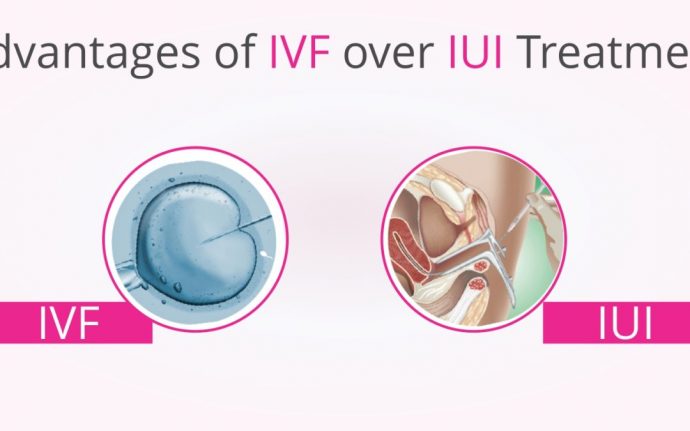Have you ever wondered how medical technology and pregnancy go hand in hand?
When a couple wants to have a baby, they dream of growing bellies, baby kicks, and ultrasound photos. Phrases like embryo transfer, vitrified donated eggs, and intracytoplasmic sperm injection are not typically a part of those dreams.
For the one in eight couples struggling with infertility, however, cutting-edge scientific discoveries can help change their lives forever. Assisted reproductive technology (ART) is an ever-changing field of study and practice that provides men and women the chance to get pregnant when nothing else is working.
Here’s a better look at how medical processes such as IVF, vitrification, and donor egg usage are revolutionizing the world of infertility.
IUI and IVF – The Cornerstones of Infertility Treatment
When a couple can’t conceive naturally, they may start looking for other answers.
If they’ve been actively trying to get pregnant for at least a year, most doctors will explore various infertility factors and the couple may be directed towards IUI and/or IVF as treatment.
But what exactly do those treatments entail?
These processes rely on the use of hormone medications and lab work to ensure a woman’s body is in the best possible condition for conception. After a doctor determines her body is ready, she will move forward with her selected treatment.
I know what you’re thinking – what’s the difference?
In the case of IUI (Intrauterine insemination), a collection of sperm is placed directly into a woman’s uterus with a thin catheter. While the sperm must still reach the woman’s egg on their own, this procedure provides a beneficial head start.
When an IUI (or several) is unsuccessful, many doctors will look towards IVF (In vitro fertilization) as a possible solution.
IVF consists of extracting a woman’s eggs directly from her ovarian follicles and allowing them to fertilize with her partner’s (or donor’s) sperm outside of her body. When a high-quality embryo begins to develop, it is placed into her uterus using the same type of catheter utilized during an IUI.
Taking IVF to the Next Level with ICSI
Did you know that a healthy woman under 35 still only has around a 40% chance of success with traditional IVF?
If IVF fails, intracytoplasmic sperm injection (ICSI) may improve embryo fertilization rate.
Here’s how it works:
Rather than allowing the sperm and egg to fertilize on their own within a petri dish, this technique enables doctors to choose the best sperm and surgically inject it directly into the woman’s egg.
This innovation provides higher fertilization rates, thereby giving more embryos the chance to culture to an embryo stage called a blastocyst. The more blastocysts one has, the greater the likelihood of getting pregnant through multiple embryo transfers.
A Comparison of Fresh and Frozen Donor Egg IVF: How is Vitrification Helping?
For women diagnosed with nonviable eggs, egg donation may be necessary for conception. This process can be handled in two different ways: through a fresh or frozen cycle.
While many believe fresh cycles are more advantageous, a new cryopreservation technique known as vitrification is delivering success rates with frozen donor eggs mirroring those of fresh.
But what’s so special about vitrification?
Vitrification is an advanced flash-freezing technique which exposes collected eggs to cryoprotectants that work against ice crystal formation. As a result, vitrified eggs are maintained in the same state they were upon retrieval. This advanced technique also offers a higher chance of the eggs surviving the thawing process to create quality embryos.
Many couples don’t realize the difficulties that can come with fresh donor cycles, as well.
Not only are couples limited to a smaller pool of donors, but they also incur higher expenses and chaotic scheduling while the reproductive cycles of recipients and donors are synchronized.
Alternatively, frozen donated eggs have already been collected and screened for quality, enabling a couple to start their pregnancy journey at a time that fits best into their schedule and future plans. When ready to pursue this path, they have the option to start whenever they’d like.
ART Advances: Creating Miracles Within the Fertility Field
When a couple faces infertility, the opportunities for success can seem slim. Thankfully, ART processes have changed the way doctors approach various male and female fertility factors. There are better answers – and more options – than ever before, with more developments right around the corner.
If natural conception isn’t working, the days of simply giving up and not having children are behind us.
Through medical technology, men and women can finally become the mothers and fathers they’ve always hoped to be.

